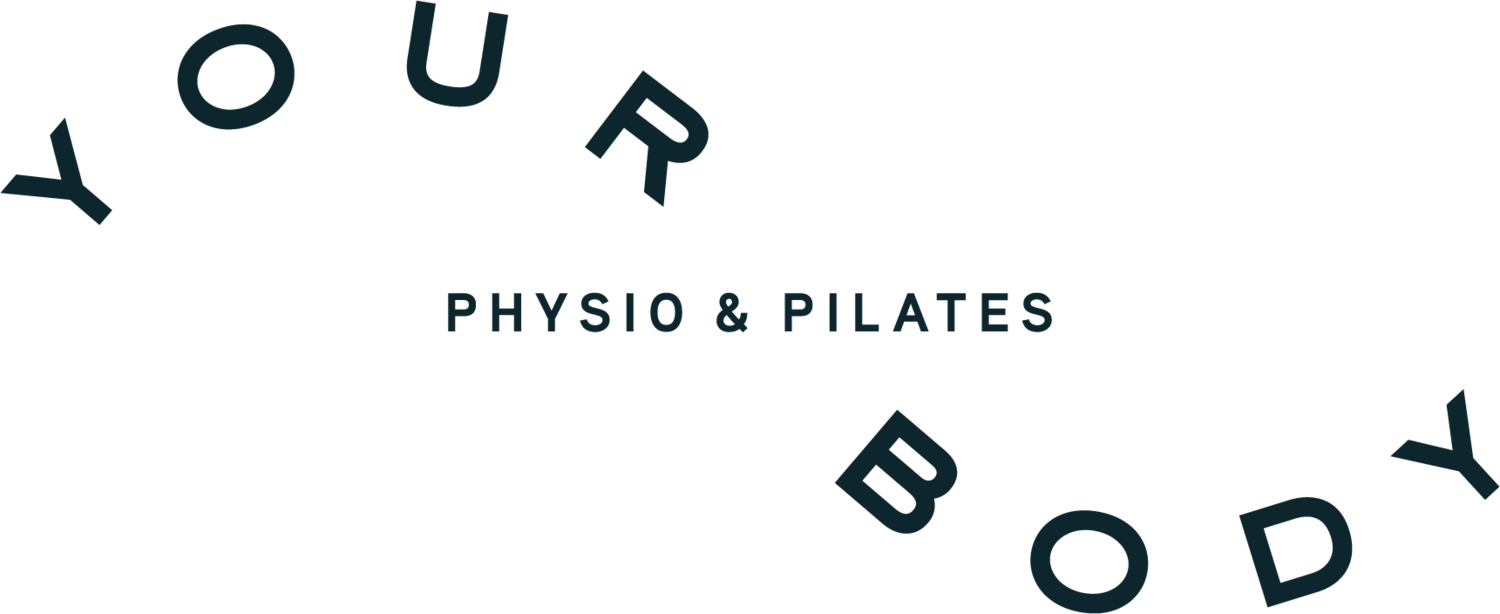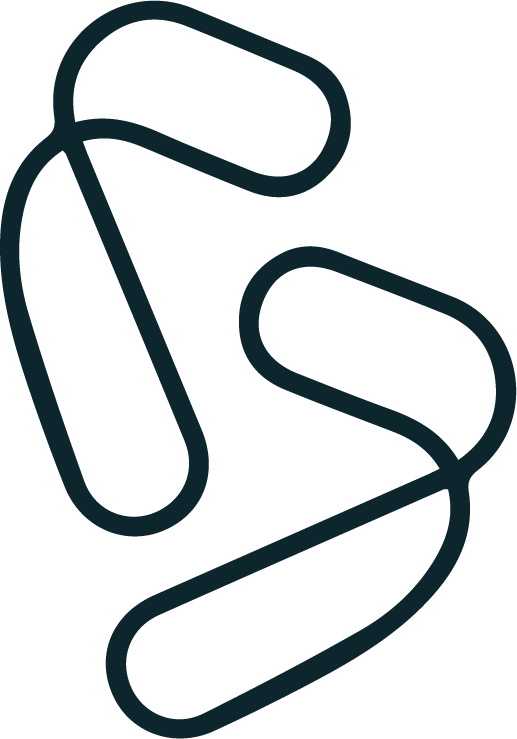ITB Syndrome
Physio Outer Knee Pain - Iliotibial Band Syndrome
What is it?
Iliotibial band syndrome is an overuse injury that manifest itself as pain over the outer aspect of the knee, pain may also extend above and below the knee. It is commonly seen in activities involving repetitive leg movements like running and cycling.
What causes it?
Weakness and increased tension of certain muscle groups, poor pelvic and foot control all can contribute to altered movement patterns during the activity. For example, if you have weak gluteal muscles very likely your knee will fall in during the run and place extra stress on the knee. But lets have a look what actually happens in the knee.
The IT band is a thickened fibrous sheath, very similar in structure with your tendons. Tightness of the IT band and surrounding tissues creates pressure between the IT band and the outerbone of the knee. During a run or other activity repetitive compression and sheer forces are placed on the ITB and surrounding tissues like local fat pad and bursa; this triggerslocal inflammation and produces pain response.
Symptoms of Iliotibial Band Syndrome
Pain is the main symptom. Normally an ache that can be accompanied by local warmness and/or mild swelling around outer aspect of the knee. Symptoms are usually triggered by running or cycling and appear at the same time during the training. You might find long training sessions and downhill running especially aggravating.
Trigger points in glutes, hamstrings and quadriceps muscles can often be found in someone with IT band pain.
How can I prevent it/treat it?
For symptom relief you can ice the area of pain, apply topical pain relief creams, self-massage techniques using foam roller or a massage ball.
For positive long lasting results, management of this condition should concentrate not only on treating local symptoms but on improving biomechanics of movement along the whole chain including hip stability and foot alignment. This is done by strengthening any weak muscles and ligaments which are not controlling the stability of these joints and regaining movement and flexibility in any tight muscles and joints to allow for free movement.
How can physiotherapy help?
Physiotherapist can accurately assess which body structured are compromised and create an individual progressive strengthening and stretching program. Since everyone’s biomechanics and movement patterns can be different, we adopt a tailored approach for each individual’s treatment.
Application of a range of manual techniques and taping can help you to activate the right muscles and alleviate the pain symptoms for quicker and more efficient recovery.

